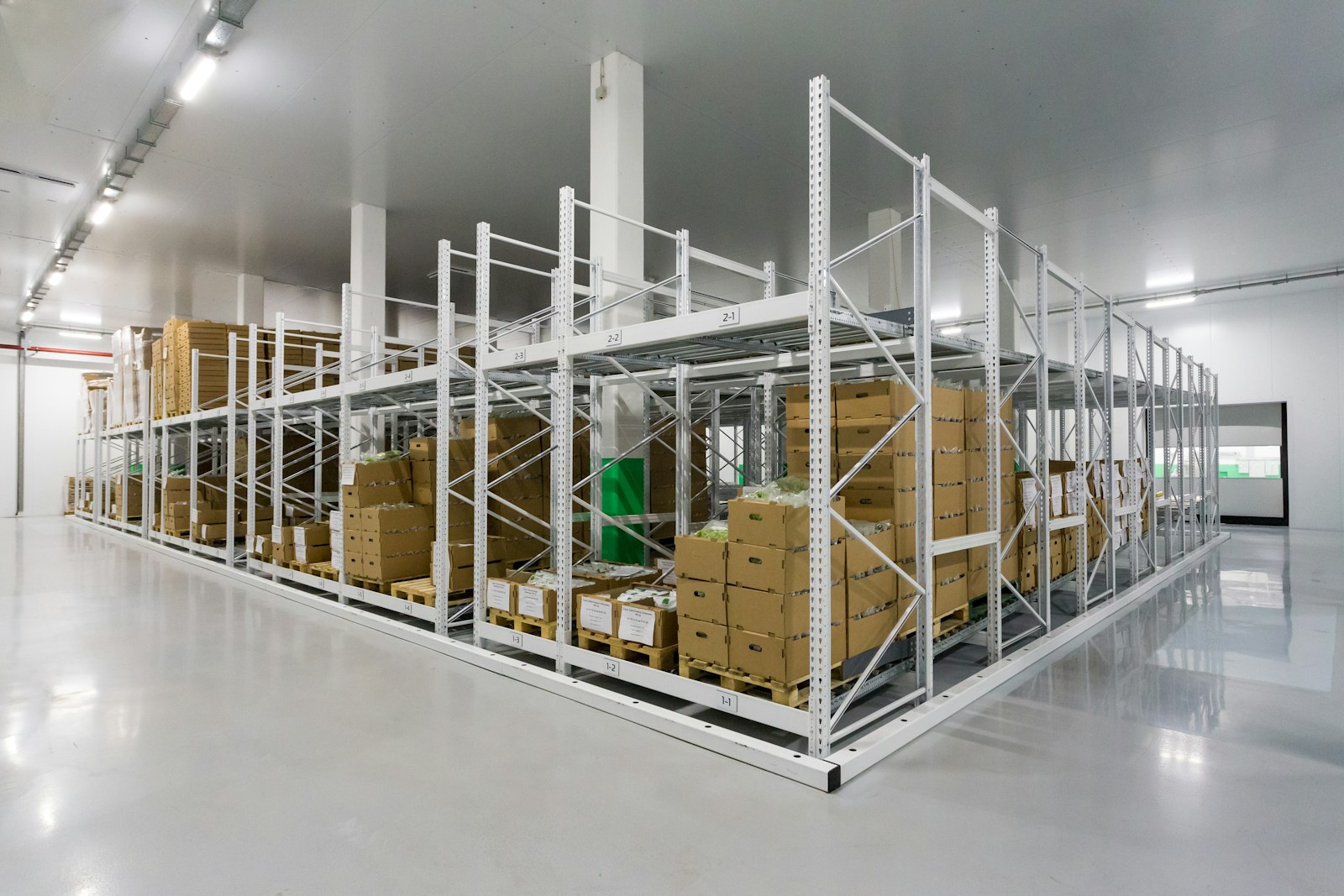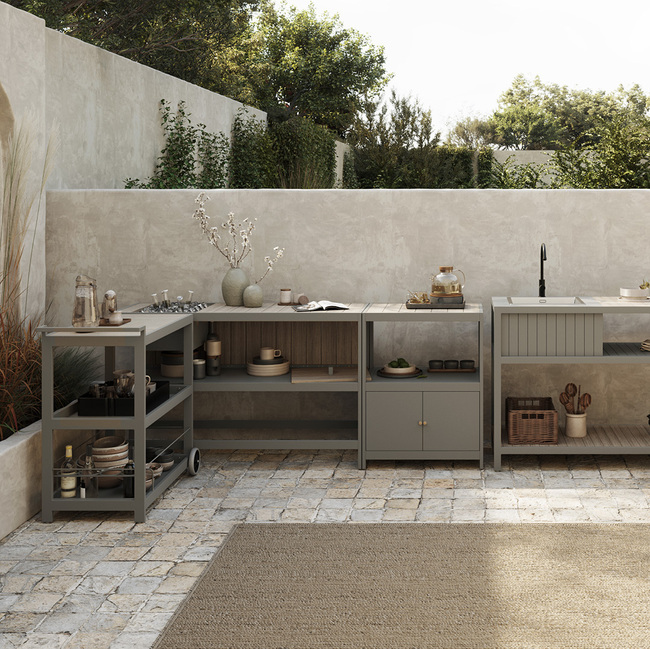Building control drawings are a crucial part of the building construction process due to their significance. Ensuring regulatory compliance, stakeholder coordination and communication, quality control, risk mitigation, documentation, and cost control are some of these vital aspects. Nonetheless, some challenges arise periodically during the drawing process, and the reasons behind them usually involve the parties participating in the development process. We will identify some of the challenges with building control drawings in this article and provide some fixes.
Building Control Drawings: Challenges and Their Remedies
Here are some common challenges with building control drawings and solutions to mitigate their effects.
Challenge 1: Complexity of construction projects
A highly complex construction project has certain special characteristics. These characteristics include architectural sophistication, structural complexity, technical integration, specialized function, and advanced technology integration, among others. It can be very difficult to incorporate each of these features into the building control drawings. This is due to the fact that a complicated construction project with all of these elements must take into account numerous disciplines, systems, and laws. However, the solutions discussed below emphasize a clever strategy.
Resolution: Ensuring uniformity and compliance
Developing the drawings to achieve uniformity with all project characteristics is one efficient way to address the challenges posed by the complexity of building construction projects. This is the only way to ensure that the issue is addressed properly. Each must adhere to the legal requirements as stated in the building codes of the jurisdiction in which the project is being completed in order to achieve uniformity. Cooperation with subject-matter specialists like Humphreysandsons guarantees compliance and uniformity.
Challenge 2: Communication and coordination gaps
The creation of building control drawings is frequently impacted by obstacles to coordination and communication among stakeholders. A common contributor to these problems is a deficiency of channels for communication. Other reasons why coordination barriers arise are influenced by this common cause. Other causes include misaligned expectations, poor information flow, fragmented collaboration, technological limitations, incomplete or inaccurate information, resource constraints, and scope changes. Each of these substantially affects the overall effectiveness of the process of creating standard drawings, which serve as a blueprint for the project owner’s intended designs.
Resolution: Encouraging stakeholders to collaborate and communicate clearly
Keeping lines of communication open is a highly effective way to address coordination and communication issues among stakeholders involved in building control drawings. To guarantee consistent communication, this may entail using standardized techniques like email, project management software, and collaboration platforms. Furthermore, encouraging candid communication develops a climate of cooperation and helpful criticism. All of these aid in standardizing workflows and processes, offering prompt assistance, and scheduling frequent meetings. Each of these guarantees that the obstacles to cooperation and communication are successfully overcome.
Summary
Two challenges with building control drawings have been discussed in this article along with practical methods for addressing them. On the other hand, experts can dive into the underlying causes of any remaining challenges. Comprehending the underlying causes with clarity facilitates a comprehensive and efficient resolution of the problems.









